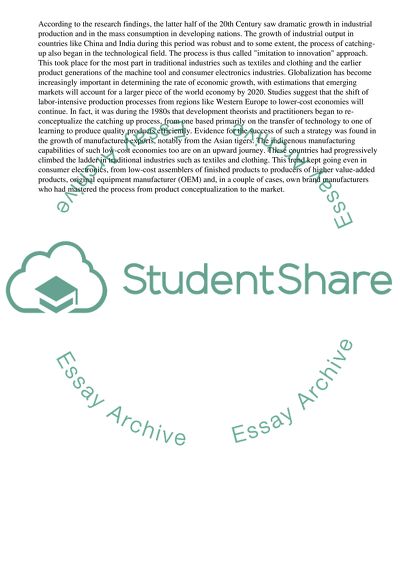Cite this document
(“The Problem of Catch-Up in Developing Countries at the Level of the Essay”, n.d.)
Retrieved de https://studentshare.org/business/1524486-examine-the-problem-of-catch-up-in-developing-countries-at-the-level-of-the-large-firm-in-relation-to-a-firm-level-case-study-of-your-choice
Retrieved de https://studentshare.org/business/1524486-examine-the-problem-of-catch-up-in-developing-countries-at-the-level-of-the-large-firm-in-relation-to-a-firm-level-case-study-of-your-choice
(The Problem of Catch-Up in Developing Countries at the Level of the Essay)
https://studentshare.org/business/1524486-examine-the-problem-of-catch-up-in-developing-countries-at-the-level-of-the-large-firm-in-relation-to-a-firm-level-case-study-of-your-choice.
https://studentshare.org/business/1524486-examine-the-problem-of-catch-up-in-developing-countries-at-the-level-of-the-large-firm-in-relation-to-a-firm-level-case-study-of-your-choice.
“The Problem of Catch-Up in Developing Countries at the Level of the Essay”, n.d. https://studentshare.org/business/1524486-examine-the-problem-of-catch-up-in-developing-countries-at-the-level-of-the-large-firm-in-relation-to-a-firm-level-case-study-of-your-choice.


